- Home
- Articles
- Architectural Portfolio
- Architectral Presentation
- Inspirational Stories
- Architecture News
- Visualization
- BIM Industry
- Facade Design
- Parametric Design
- Career
- Landscape Architecture
- Construction
- Artificial Intelligence
- Sketching
- Design Softwares
- Diagrams
- Writing
- Architectural Tips
- Sustainability
- Courses
- Concept
- Technology
- History & Heritage
- Future of Architecture
- Guides & How-To
- Art & Culture
- Projects
- Interior Design
- Competitions
- Jobs
- Store
- Tools
- More
- Home
- Articles
- Architectural Portfolio
- Architectral Presentation
- Inspirational Stories
- Architecture News
- Visualization
- BIM Industry
- Facade Design
- Parametric Design
- Career
- Landscape Architecture
- Construction
- Artificial Intelligence
- Sketching
- Design Softwares
- Diagrams
- Writing
- Architectural Tips
- Sustainability
- Courses
- Concept
- Technology
- History & Heritage
- Future of Architecture
- Guides & How-To
- Art & Culture
- Projects
- Interior Design
- Competitions
- Jobs
- Store
- Tools
- More

Designing a museum is a kind of an architectural challenge. Museums are consisting of their own unique needs and functions. For instance, art museums need specialist spaces to protect works or extensive archive spaces and open and semi-open public spaces to hold various temporary exhibitions. Besides all this, it should have expressive architecture and the circulation of the museum should be perfectly designed. Therefore, let’s examine the museums with impressive architecture all around the world.

The Pompidou Center in France
Pompidou Center is designed as center and museum for visual arts by Renzo Piano, Richard Rogers, and Gianfranco Franchini. Pompidou Center is designed as center and museum for visual arts by Renzo Piano, Richard Rogers, and Gianfranco Franchini. It was the major example of ‘inside-out’ building with its structural system, mechanical systems, and circulation exposed on the exterior of the building. This building turned the architecture world upside down with its inside-out design. Initially, all functional structural elements of the building were various colored: green pipes are plumbing, blue ducts are for climate control, electrical wires are in yellow, and circulation elements and devices for safety ones in red. Pompidou Centre houses many separate services and activities.
There are also temporary exhibitions seperate to modern themes. In Pompidou Center is consist of a large public library, a studio for industrial design, a film museum, and a huge musical centre. A huge range of modern music, modern visual arts are exhibit in this center in perminant and temporary galleries. In addition, The sculpture Horizontal by Alexander Calder that is 7.6 m tall, was placed in front of the Pompidou Center in 2012.

The Kunsthaus Graz in Austria
The Kunsthaus Graz or Graz Art Museum was built as part of the European Capital of Culture celebrations in 2003 and has since become an architectural landmark in Graz, Austria. Its exhibition program specializes in contemporary art and main purpose is to present and procure contemporary art productions.
Its unusual form differs literaly from conventional buildings many of which of the modernist “White Cube”. The design team of Colin Fournier and Sir Peter Cook’s used an innovative style that is “blob architecture” within the historical ambiance of the city.

Graz Kunsthaus in form and material, stands out consciously against the surrounding traditional buildings with its red clay roofing tiles, but nevertheless integrates the façade of the 1847 iron house.
The BIX Façade of the museum represents a singular fusion from architecture and the name is consists of the words “Big” and “pixels”. It is the acrylic glass screen that serves as artistic production. The blue blister of Graz makes a public art gallery with a huge-sized screen.

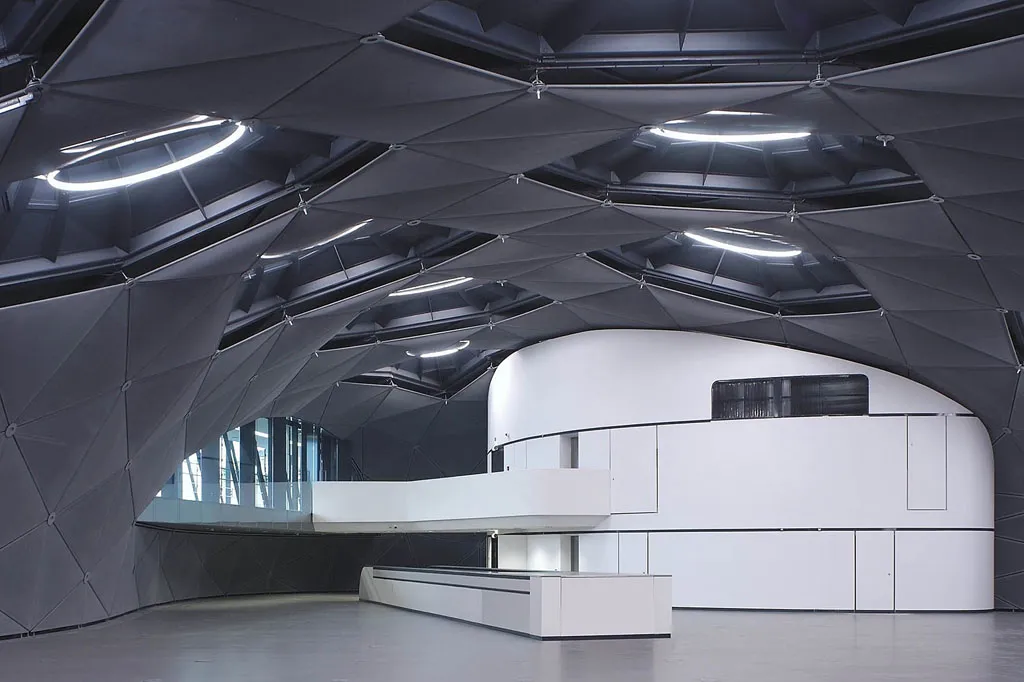
The Bundeswehr Museum of Military History in Germany
Redesigned Dresden Museum of Military History is now the official central museum of the German Armed Forces was opened in 2011. After the opening of Armed Forces Museum, it has become Germany’s largest museum. Since its 1897 founding, the Dresden Museum of Military History has been a Saxon armory and museum, a Nazi museum, a Soviet museum, and an East German museum. By 2001 German state change its mind of shut it down the museum and an architectural competition was held for an extension that would facilitate a reconsideration of the way we think about war.
The new façade of Daniel Libeskind’s design interrupts the original building’s symmetry. The openness and transparency contrast with the opacity and rigidity of the existing building. The previous facade represents the severity of the authoritarian past while the new one reflects the openness of the democratic society in which it has been reimagined. The relations between these perspectives form the character of the new Military History Museum.

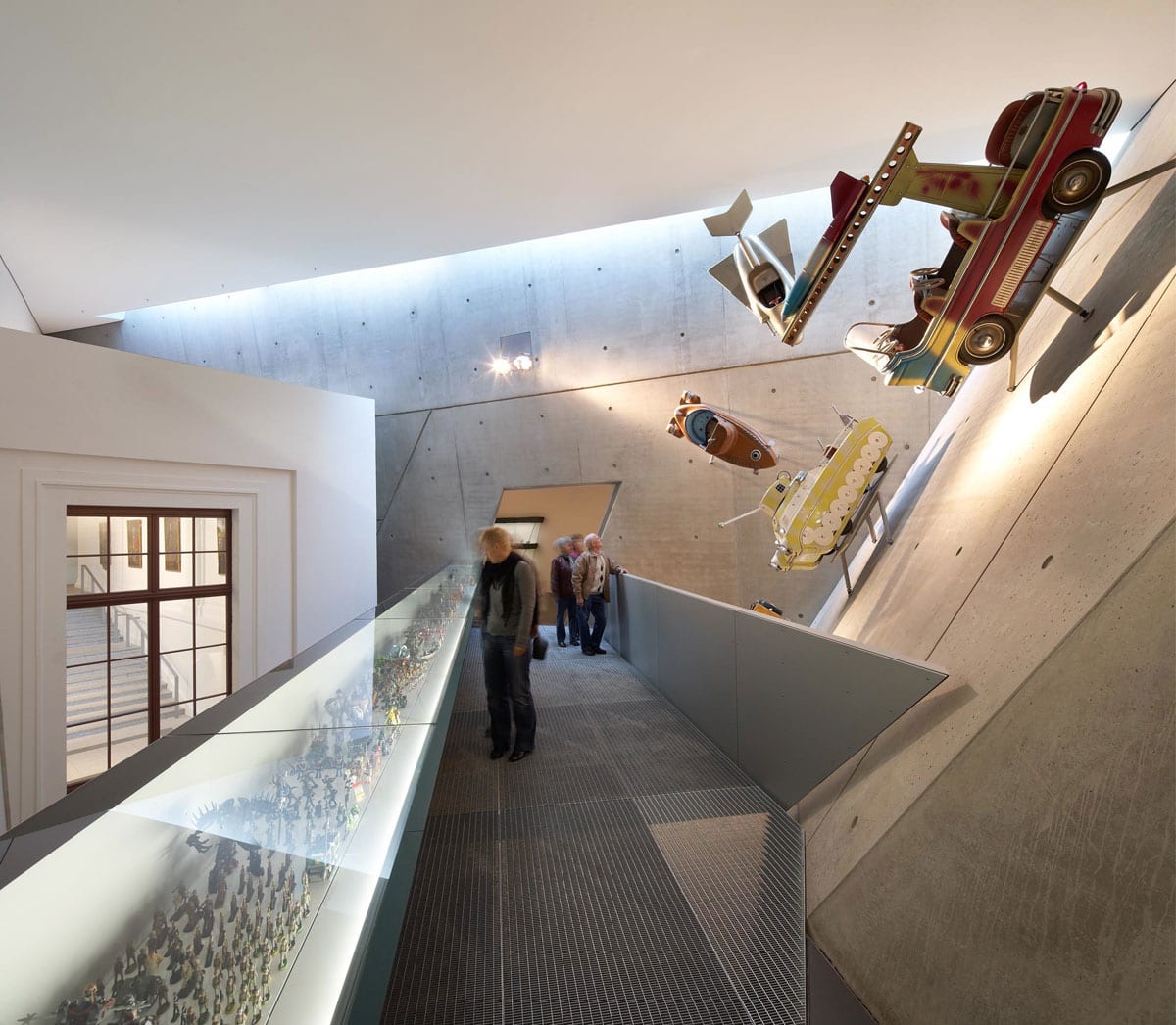
The MAAT in Portugal
MAAT is an art museum with a powerful yet sensitive and low-slung building located on the banks of the Tagus River in Belém. MAAT is Europe’s most lyrical new museum designed by Amanda Levete Architects. It proposes a new relationship with the river and the wider world with contemporary art, architecture, and technology explorations.
MAAT houses national and international exhibitions for contemporary artists, architects, and thinkers.
The structure is blending into the landscape and the roof becomes an outdoor room where visitors can turn away from the river and enjoy the vista of the cityscape.
Submit your architectural projects
Follow these steps for submission your project. Submission FormLatest Posts
Tips for Using Runners to Transform Hallways and Spaces
Hallways work hard. They handle daily foot traffic, muddy shoes, and the...
Essential Architecture Tools in 2026: Software, AI, and Physical Equipment
Architecture in 2026 demands more than design talent alone. From BIM and...
Light of Tomorrow by VELUX 2026
This competition encourages architects to design visionary spaces where natural light drives...
Top 10 Online Platforms to Find Apartments for Rent in San Antonio
San Antonio, Texas, with its vibrant culture, historical landmarks, and strong job...



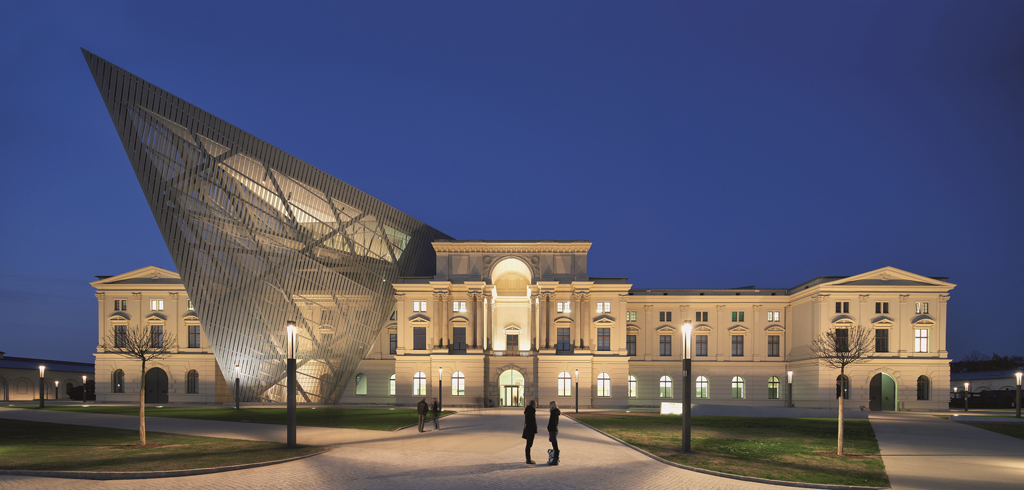



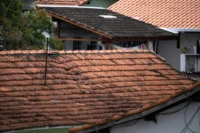
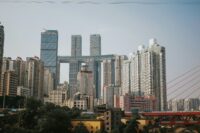

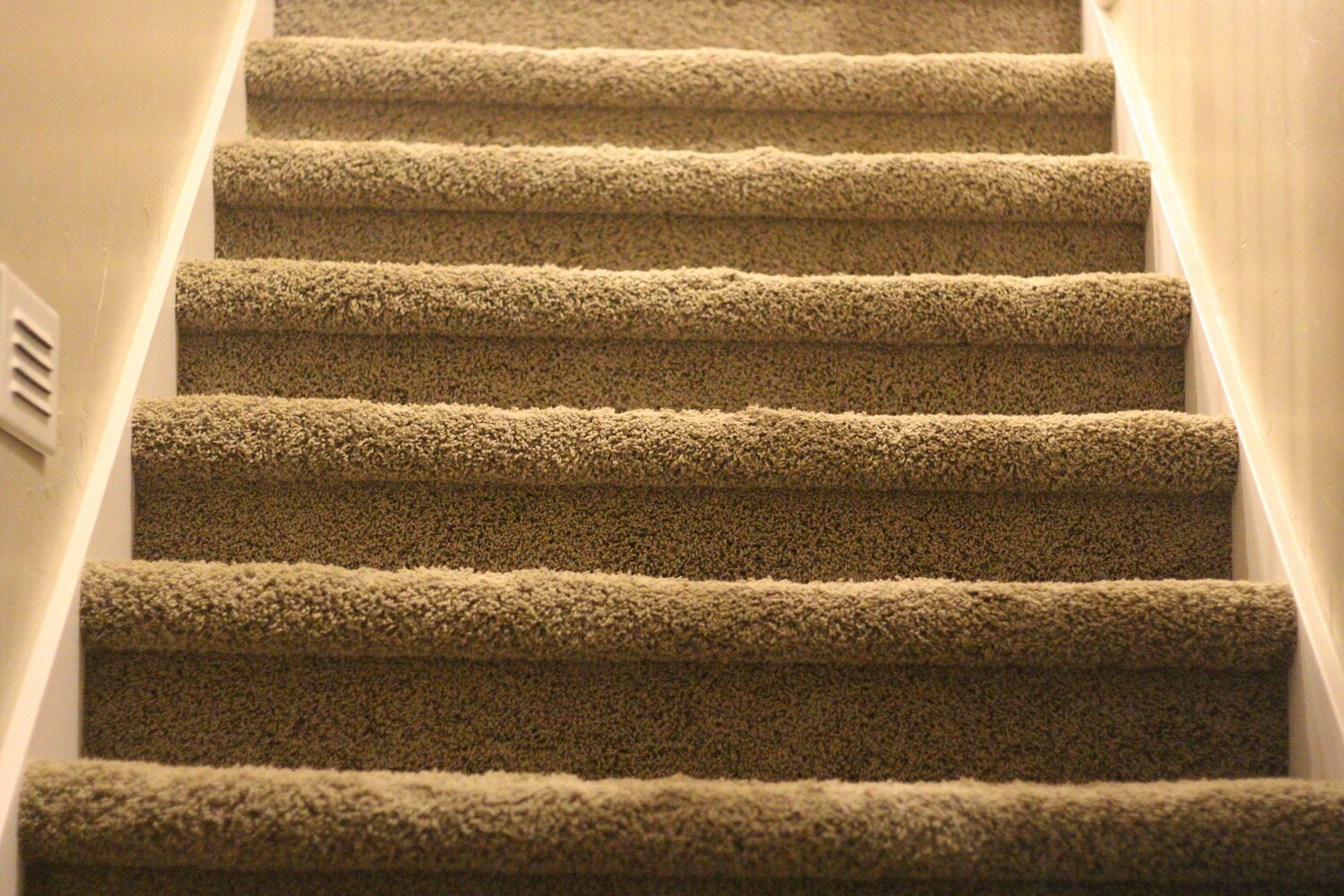
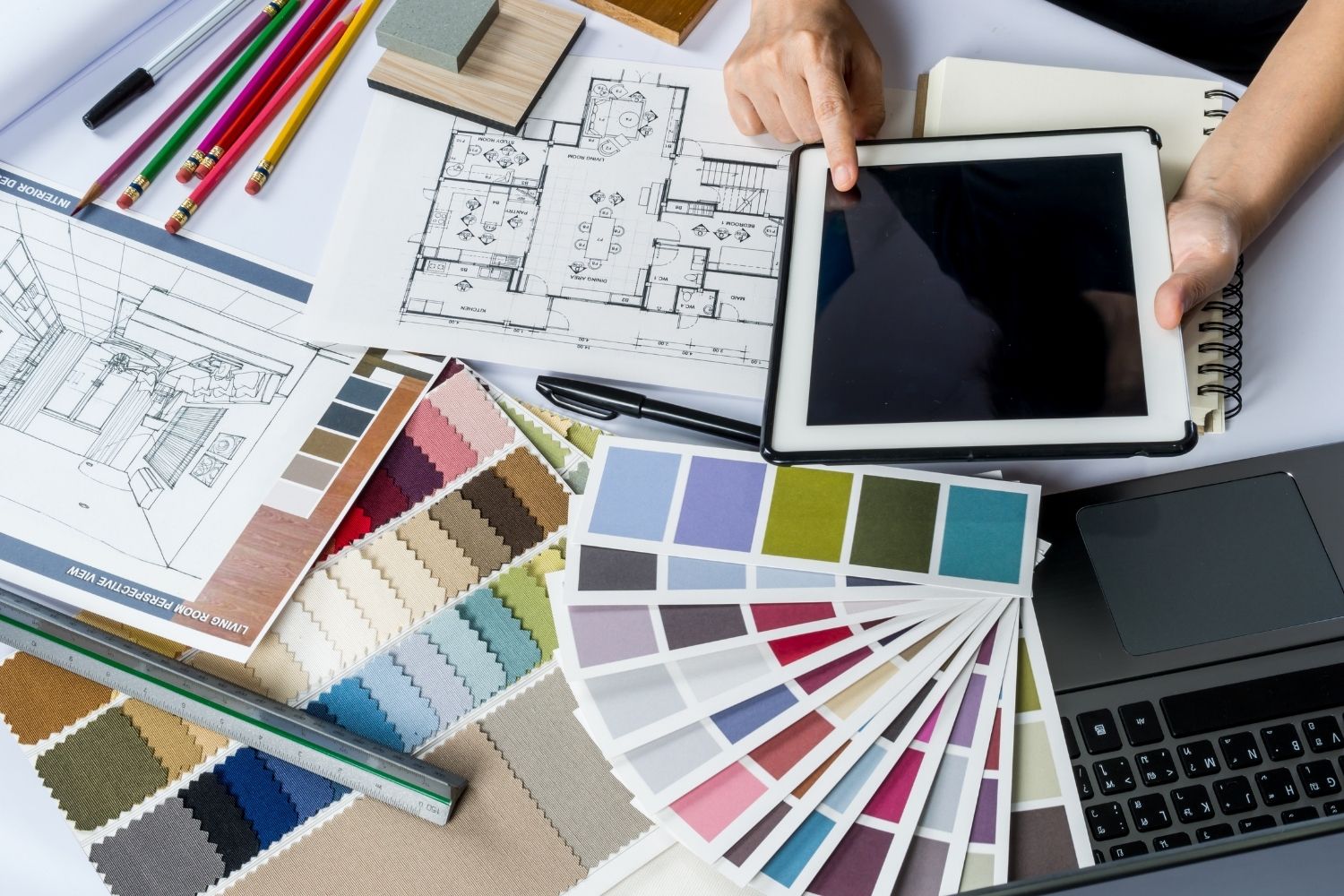

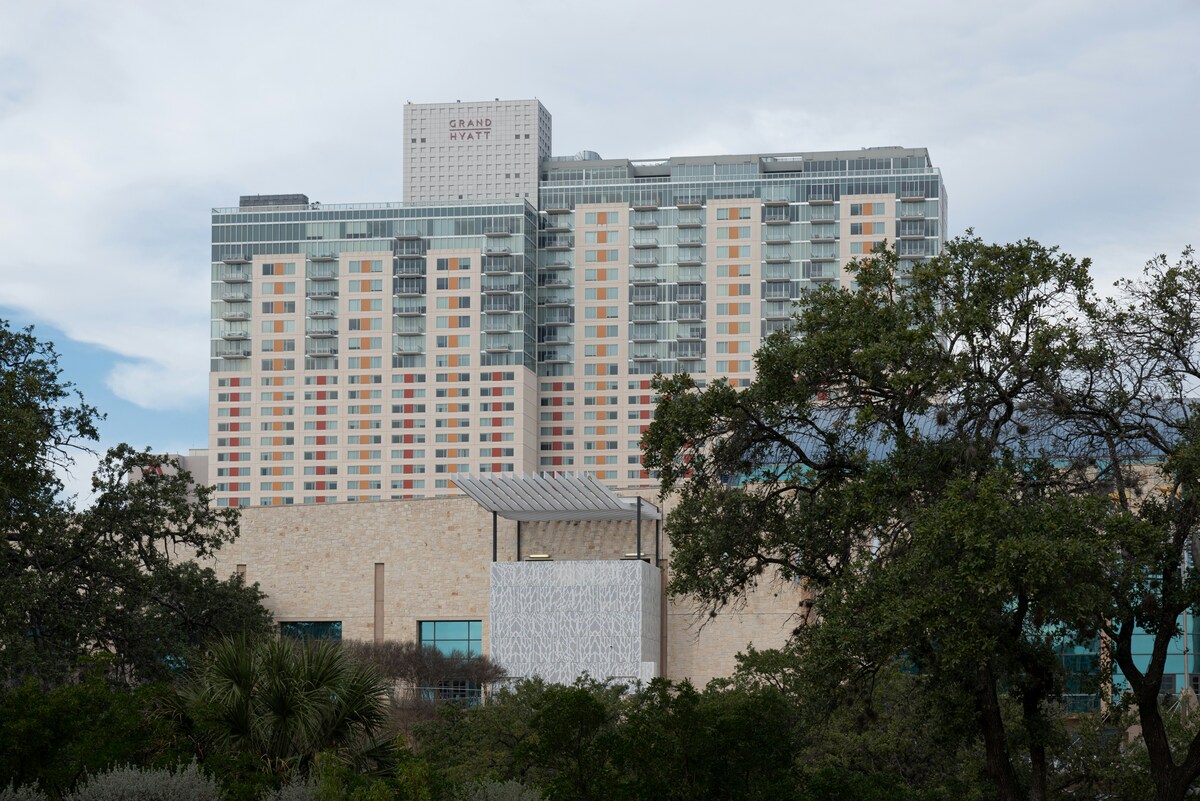
Leave a comment